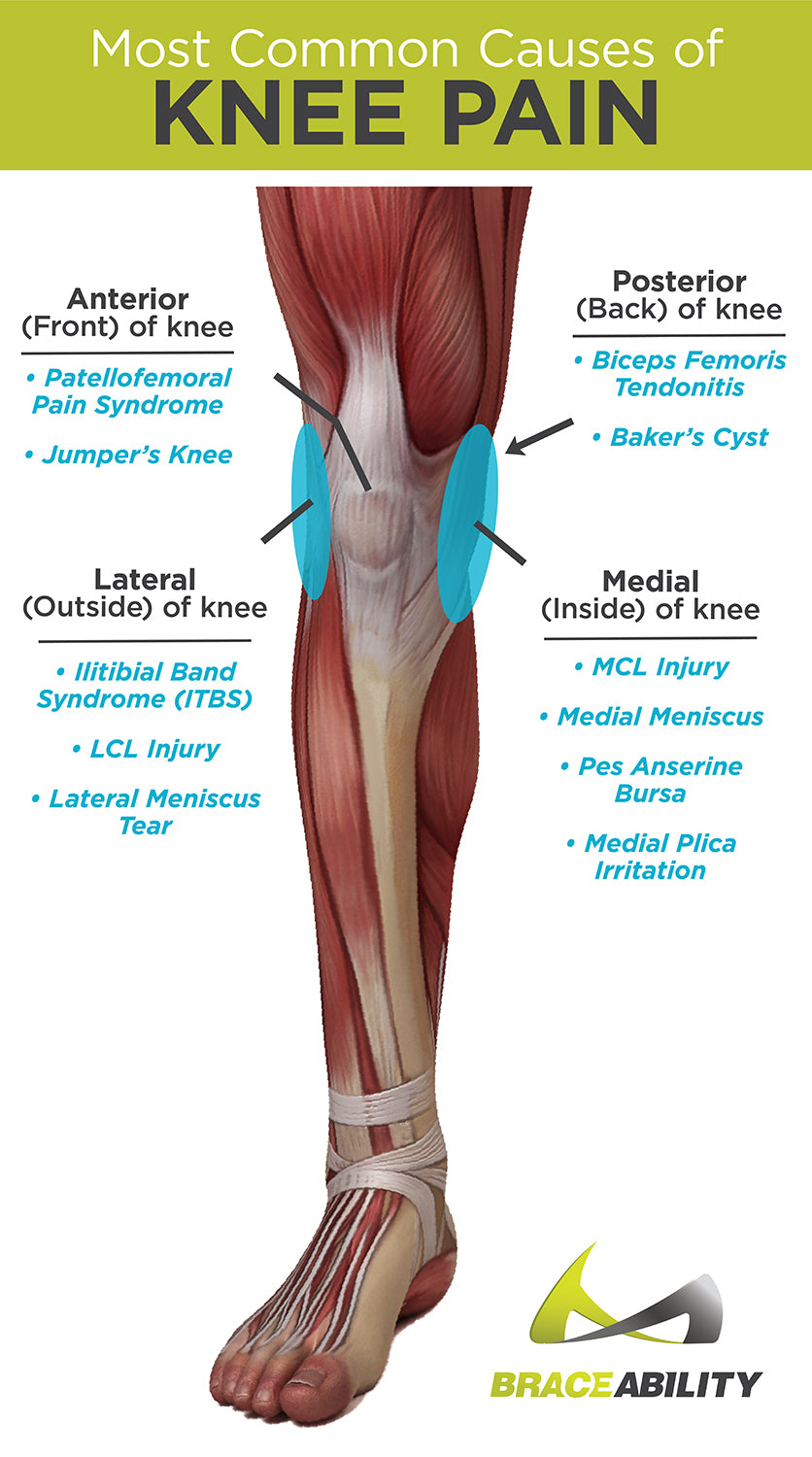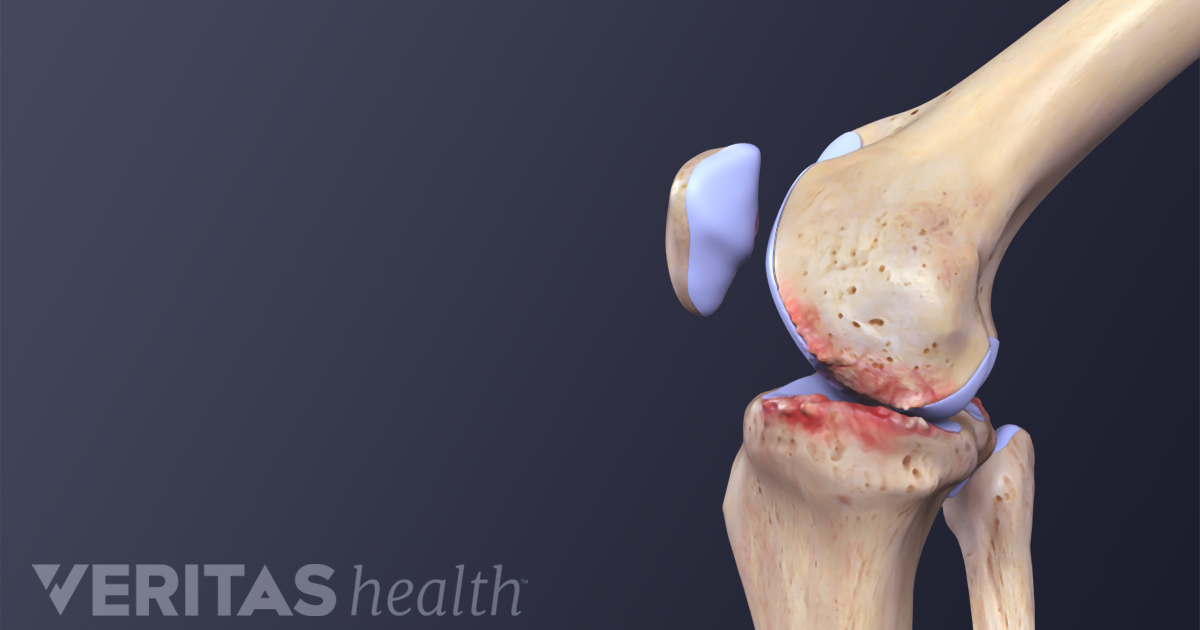

The inside cartilage is termed the medial meniscus while the outside is called the lateral meniscus. It often leads to pain and a limited range of motion, yikes!Įach of your knees has two C-shaped pieces of cartilage on either side of your knee cap that acts as a cushion between your shinbone and your thighbone. Meniscus tears are among the most common knee injuries in individuals 50 and over. But by identifying if you may have a knee meniscus tear or not, you can begin the healing process more efficiently. In other cases, arthroscopic surgery followed by rehabilitation may be needed.When dealing with knee pain, it can be unclear where the pain is stemming from. The knee will simply not work correctly and may catch, lock up, or give way.ĭiagnosis is made through patient history, physical examination, simple motion tests, and imaging such as x-ray or MRI.ĭepending on the exact form of the injury, the tear may be allowed to heal on its own with supportive care such as rest, ice, and nonsteroidal anti-inflammatory pain medication. Symptoms include pain, stiffness, and swelling. Older people may tear a meniscus through normal activity if the cartilage has become thin and worn due to aging. A torn meniscus is commonly referred to as "torn cartilage" in the knee.ĭamage to a meniscus often happens along with another injury to the knee, especially when there is any forceful, twisting movement or a direct hit such as a tackle. The menisci are the two pieces of cartilage serving as shock absorbers in the knee, between the lower end of the thighbone and the top of the shinbone. Urgency: Hospital emergency room Meniscal injury Symptoms that never occur with acl injury: mild knee pain

Symptoms that always occur with acl injury: knee pain Top Symptoms: knee pain, pain in one knee, knee instability, swollen knee, knee pain from an injury Tearing happens in a lot of accidents and sports, unfortunately. The ACL (anterior cruciate ligament) is a super-important tendon that connects the femur (thigh bone) to the tibia (shin), keeping the tibia from flying forward every time a step is taken. Symptoms that never occur with knee (mcl) sprain: mild knee pain

Symptoms that always occur with knee (mcl) sprain: pain in one knee, knee pain from an injury Top Symptoms: pain in one knee, knee pain from an injury, knee injury, pain in the inside of the knee, sports injury An MCL sprain is any damage done to this ligament (usually through twisting/force during sports). The medical collateral ligament (MCL) links the thigh bone and the shin bone on the inner side of the knee joint. Dislocation can be caused by planting the foot and twisting a flexed kn. The kneecap is normally held in place by tendons that connect it to muscles around the knee joint. Urgency: Hospital emergency room Dislocated kneecapĪ dislocated kneecap is when the bone that covers the knee joint, the kneecap or patella, is moved out of place. Symptoms that never occur with knee sprain (lcl): mild knee pain Symptoms that always occur with knee sprain (lcl): pain in one knee, knee pain from an injury Top Symptoms: pain in one knee, knee pain from an injury, knee injury, pain in the outside of the knee, sports injury It is most commonly injured while playing sports (ouch!) when a force is placed on the knee from the inner half of the knee. The LCL is the ligament on the outside of the knee, keeping it from bending away from the body. This list does not constitute medical advice and may not accurately represent what you have. 5 causes of possible knee tearing sensation


 0 kommentar(er)
0 kommentar(er)
